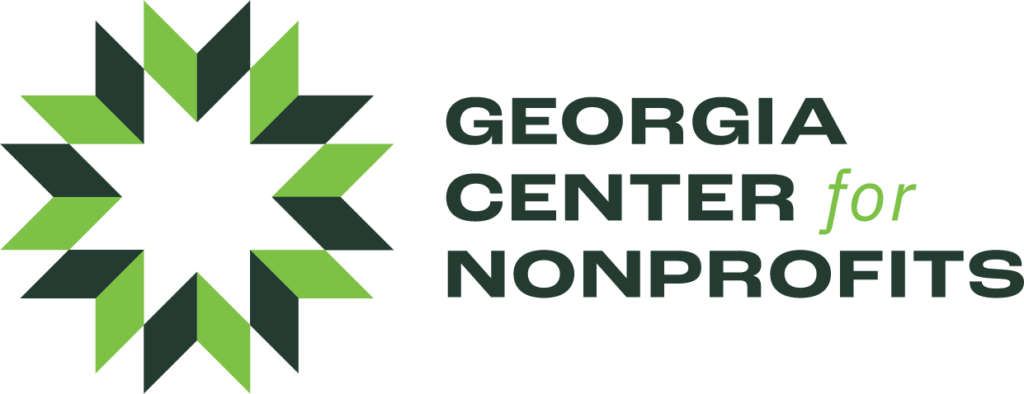Ready to learn more?

GCN has learning events
for every nonprofit pro.
Subscribe for NU updates and never miss an opportunity to sharpen your skills.
GCN has learning events for every nonprofit pro.
Subscribe for updates from Nonprofit University,
and never miss an opportunity to sharpen your skills.


